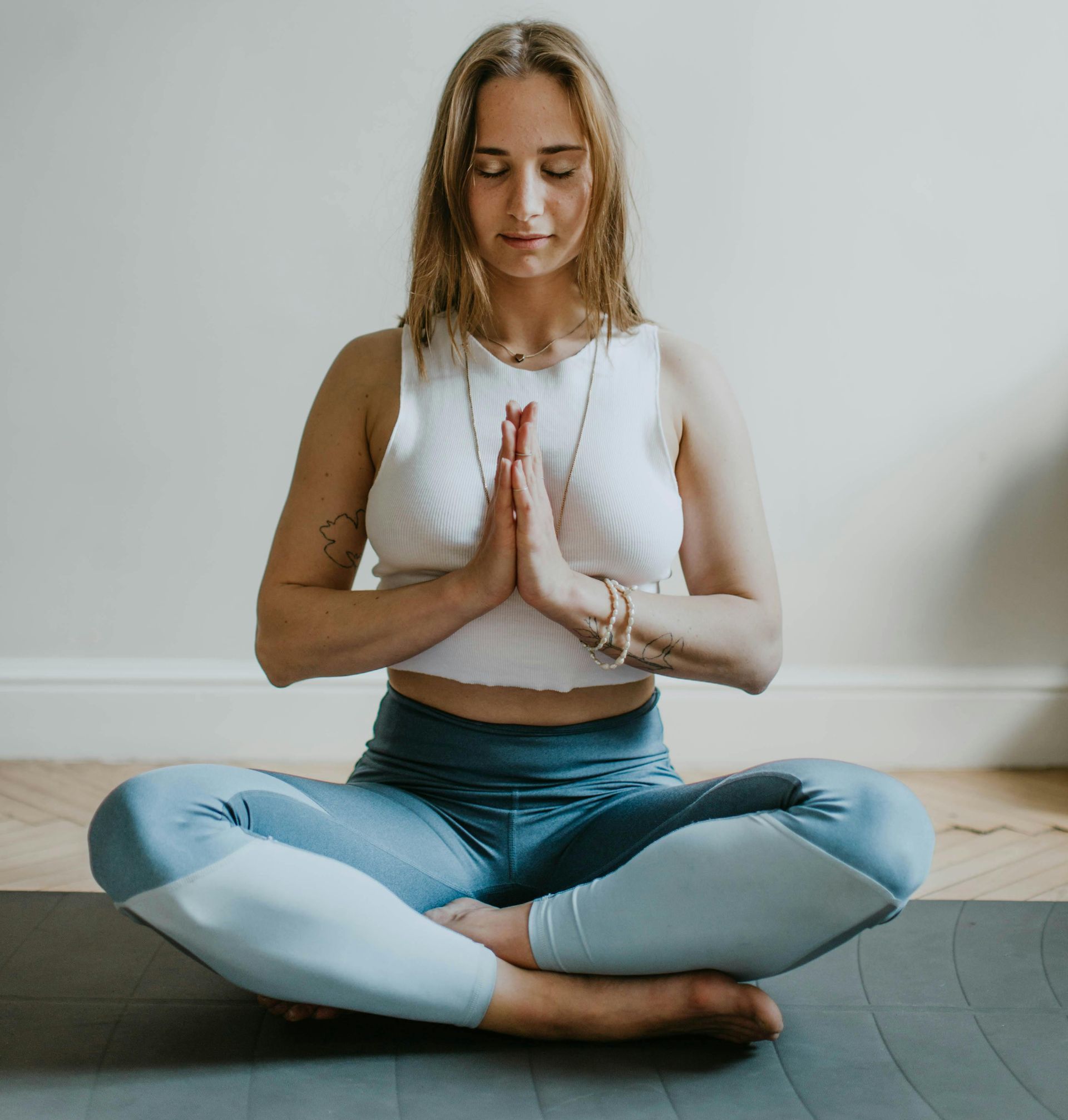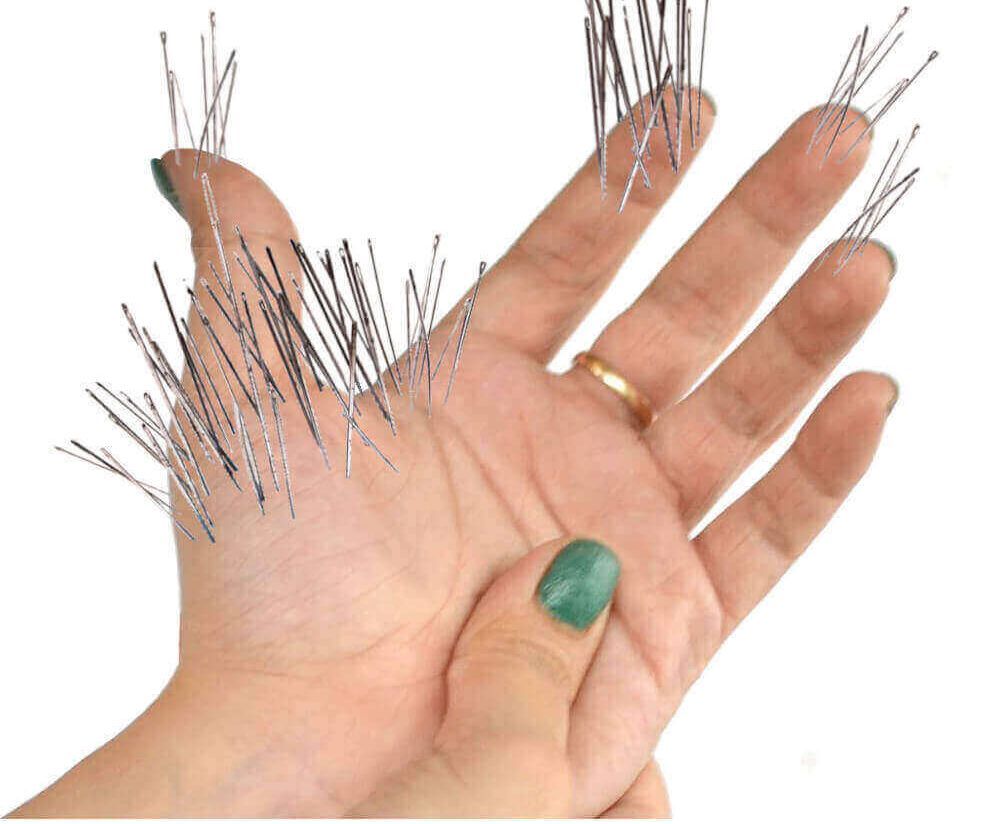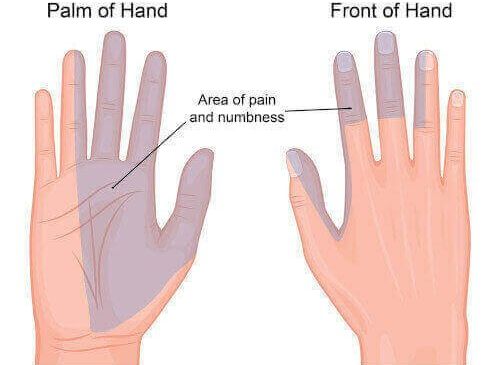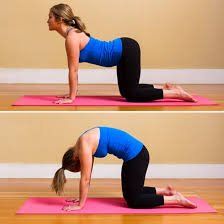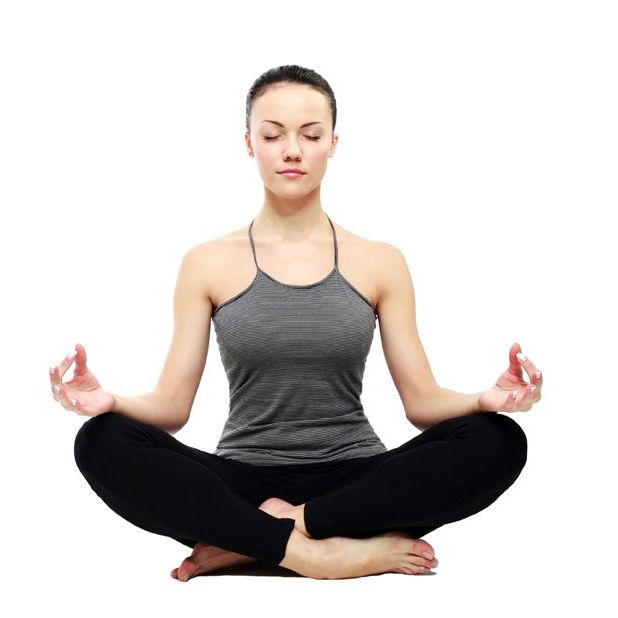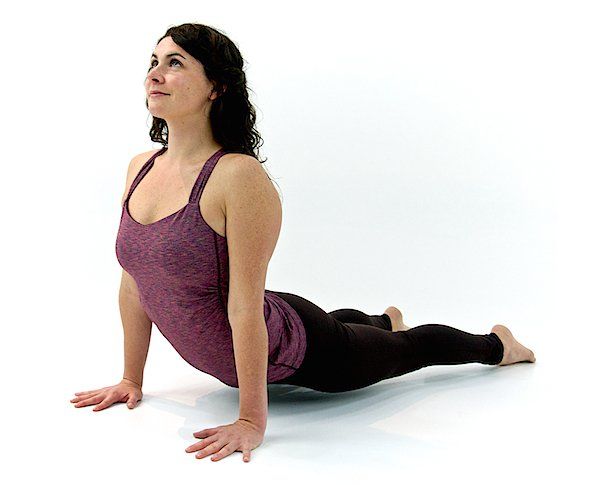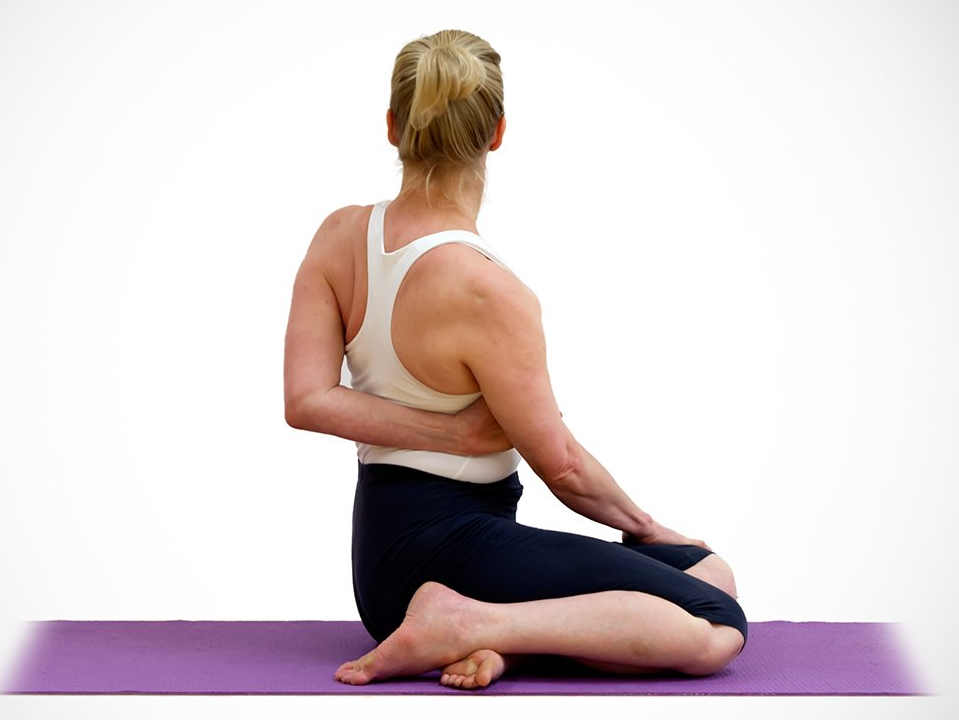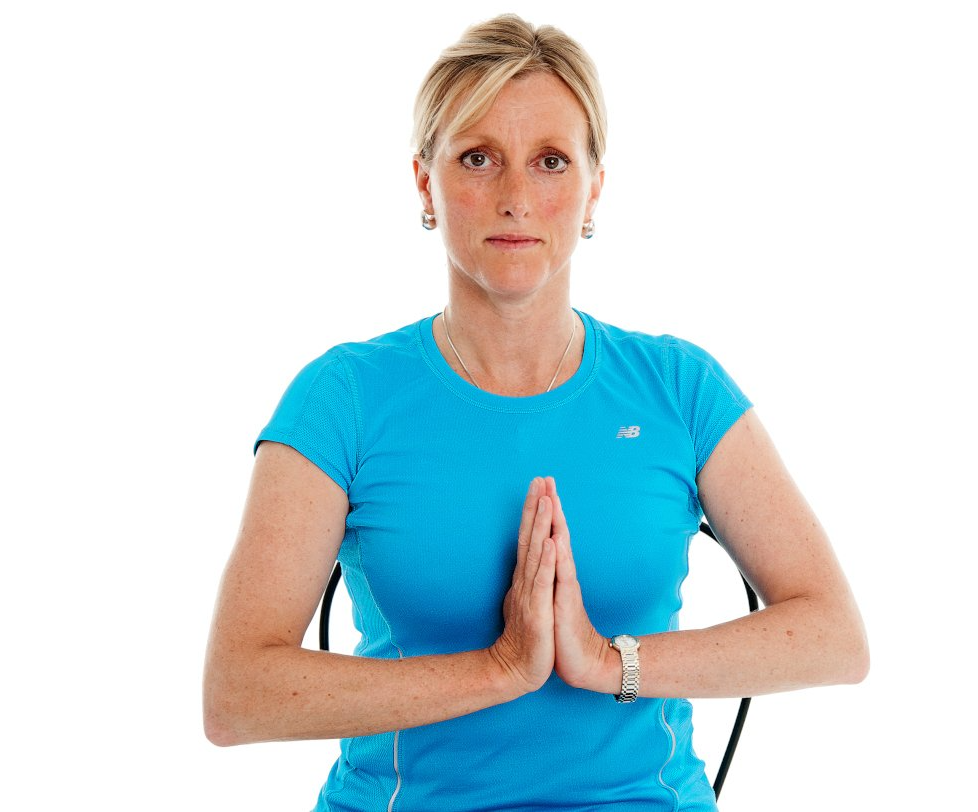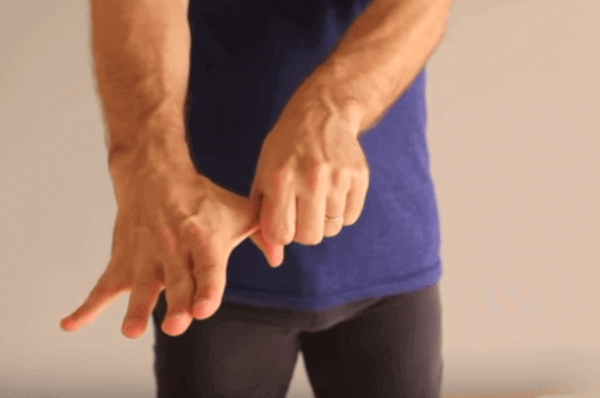Carpal Tunnel Yoga Exercises
Table of Contents
- Carpal Tunnel & Yoga: A Natural Way to Heal Your Hands
- Signs of carpal tunnel syndrome
- What carpal tunnel feels like
- Who gets it
- How carpal tunnel yoga exercises help
- Specific yoga poses and stretches
- Cat & cow
- Lotus pose
- Upward facing dog
- Bharadvaja's twist
- Prayer position
- "Stop" position
- Finger interlace position
- Thumb stretch exercise
- Summary
- FAQs
- Sources
- About
Carpal Tunnel & Yoga: A Natural Way to Heal Your Hands
Yoga can be one of the most effective natural ways to relieve and even eliminate the
symptoms of carpal tunnel syndrome. In fact, the National Institutes of Health (NIH) recognizes yoga as one of its top nonsurgical “go-to” remedies for this common hand and wrist condition.
You don’t have to be an expert yogi to experience its benefits. Many people discover that just a few simple yoga exercises—done consistently—can reduce
pain,
numbness, tingling,
burning, and those frustrating “shooting electric shocks” sensations that travel through the fingers. Even better, yoga can help restore
strength and coordination to your hands while also easing muscle tension in the neck, shoulders, and forearms.
What makes yoga especially powerful is that it doesn’t just target the wrist. Carpal tunnel syndrome may feel like a wrist problem, but it often starts with muscle imbalance and poor alignment throughout the upper body. Tight shoulders, weak posture, or repetitive strain from daily activities all create tension that eventually compresses the median nerve in your wrist.
By improving posture, flexibility, and muscle balance, yoga helps correct these underlying issues—not just the symptoms. In the sections below, you’ll learn which yoga poses and stretches are most effective for relieving carpal tunnel syndrome and how to practice them safely to keep your hands strong, flexible, and pain-free.
Signs of carpal tunnel syndrome
Carpal tunnel syndrome is a neurological disorder affecting over 5 million Americans. It happens when the tendons in your forearm become irritated and swell.
All this happens inside a canal deep within the wrist joint. The canal is called the
carpal tunnel
(hence the name of the disorder). As the tendons swell, they crush the median nerve lying adjacent to them.
What carpal tunnel feels like
The crushed median nerve is what causes all of the signs and symptoms of carpal tunnel syndrome. These symptoms are felt on the palm side of the hand and in the first 4 fingers (never the pinky finger). Symptoms include hand or finger:
Who gets it
When carpal tunnel syndrome first begins, symptoms generally are felt only at night, while trying to sleep. As it progresses, symptoms also appear during the daytime.
Exactly what causes the underlying tendon inflammation is debated by doctors and scientists. But we know that people who engage in rapid, forceful or repetitive hand and finger activity are most likely to get carpal tunnel. Other harmful activities include repetitive gripping and pinching, or using vibrating tools. (See the full list of harmful activities here.)
This is why
hairdressers, builders, cashiers,
guitarists, housekeepers,
fine artists, janitors,
graphic designers. and assembly line workers are all at high risk for getting this disorder. In fact, the CDC recognizes dozens of occupations that are at high risk for getting carpal tunnel syndrome.
What's clear is that tendon stress and strain causes the inflammation that results in carpal tunnel syndrome. Therefore, getting those tendons healthy and lubricated again will eliminate the inflammation and swelling. Doing so will then resolve carpal tunnel symptoms.
How carpal tunnel yoga exercises help
There has been little-to-no research comparing yoga to anything other than conservative carpal tunnel treatment like splinting. But even then, multiple clinical trials have demonstrated that yoga is more effective than wrist splinting when assessing patient symptoms and hand function. (sources 1, 2, 3)
The yoga poses and exercises below have been compiled from 3 primary sources:
- Professional yoga instructors who teach pain relief therapy
- The available therapeutic literature about treating carpal tunnel syndrome
- Distillation from my own conversations with patients over decades who successfully used certain yoga exercises
The key to success using yoga as a carpal tunnel therapy is to
never stress your wrist joint. Instead, make sure your wrist goes through its entire range of motion without undue stress.
Common to all of these exercises, poses, and maneuvers is:
- strengthening the flexor muscles and tendons
- stretching the flexor tendons
- breaking restriction on flexor tendons
- facilitate gliding of flexor tendons
- facilitating upper body tissue alignment
- encouraging upper body blood circulation
Specific yoga poses and stretches
If your carpal tunnel symptoms are
severe you will want to begin with poses that don’t exert too much weight on your wrist joint. You can work up to more difficult poses gradually, as you build up strength.
You should perform all of these exercises on the floor, preferably on a yoga mat. Also choose a quiet place with no external sounds or distractions.
1. Cat & cow
2. Lotus pose
3. Upward facing dog
4. Bharadvaja's twist
5. Prayer position
6. "Stop" position
7. Finger interlace position
8. Thumb stretch exercise
Summary
A regular routine of carpal tunnel yoga exercises will both prevent this condition and also eliminate symptoms if you already have them. (Check if you have them here.) As with most nonsurgical therapies for carpal tunnel syndrome, you must commit to a full regimen of these exercises at least once per day. And if your symptoms are mild or moderate (check severity here) these yoga exercises should gradually dissolve symptoms within 6-8 weeks. More severe symptoms will require
more aggressive therapy.
FAQs
Is there one yoga exercise that's better than another?
Most experts agree that a combination of exercises or stretches is best.
How does stretching my lower body help with carpal tunnel?
Carpal tunnel syndrome is a problem inside your wrist joint. In many cases, it's caused by unbalanced mechanical forces which impinge on your wrist. Those unbalanced forces can be anywhere on your body. If you can re-balance the forces throughout your body, you also may be able to bring your wrist's interior into balance and thus relieve symptoms.
How often should I do the yoga exercises?
Studies show that at least once per day yoga exercises is necessary. More often (2-3 times per day) is better.
Sources
About


